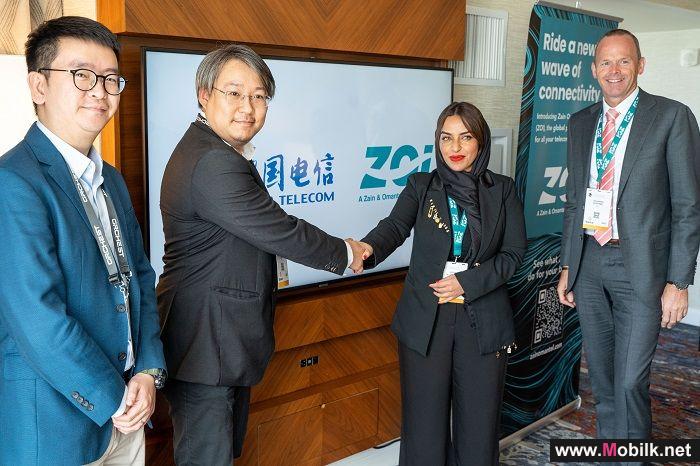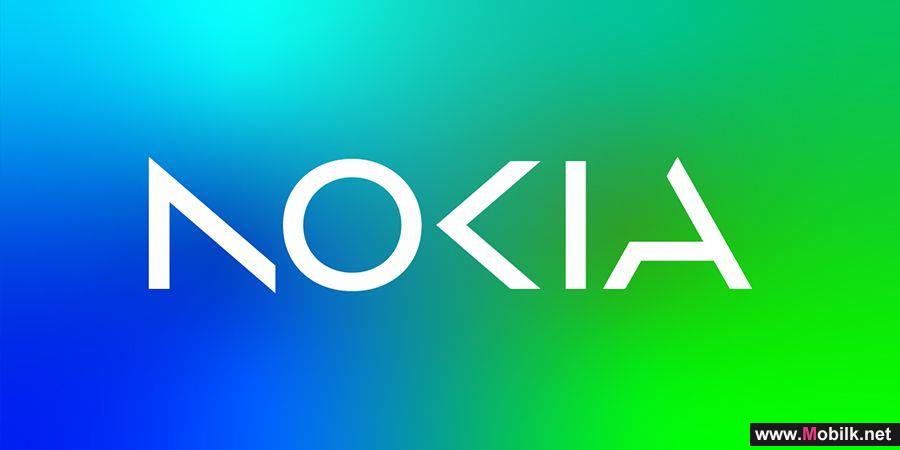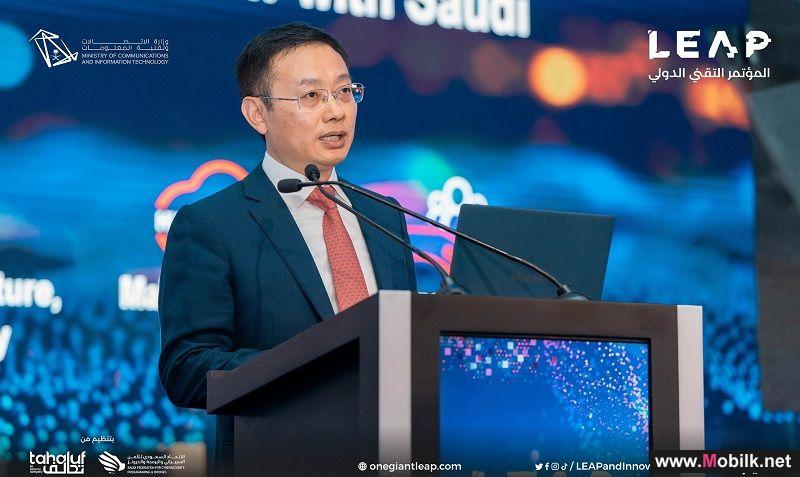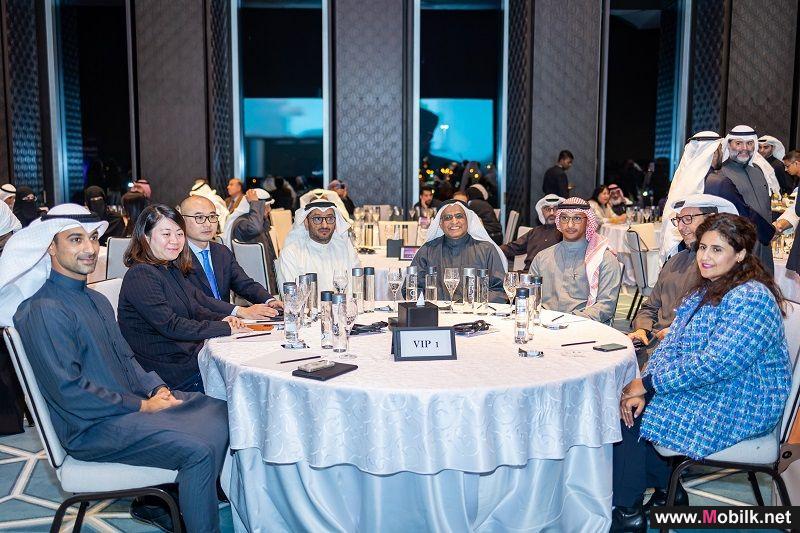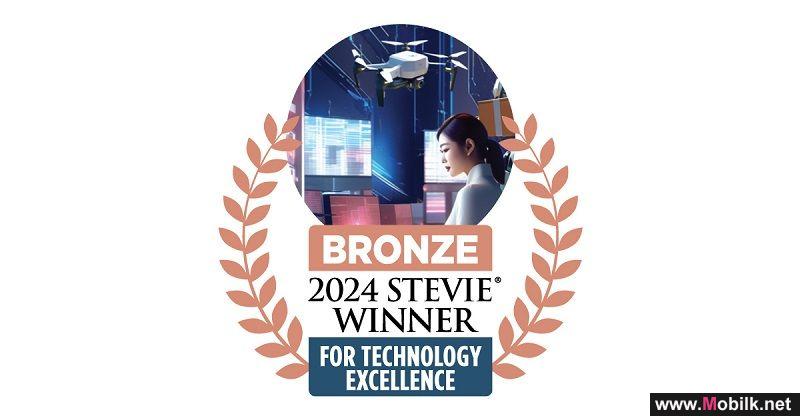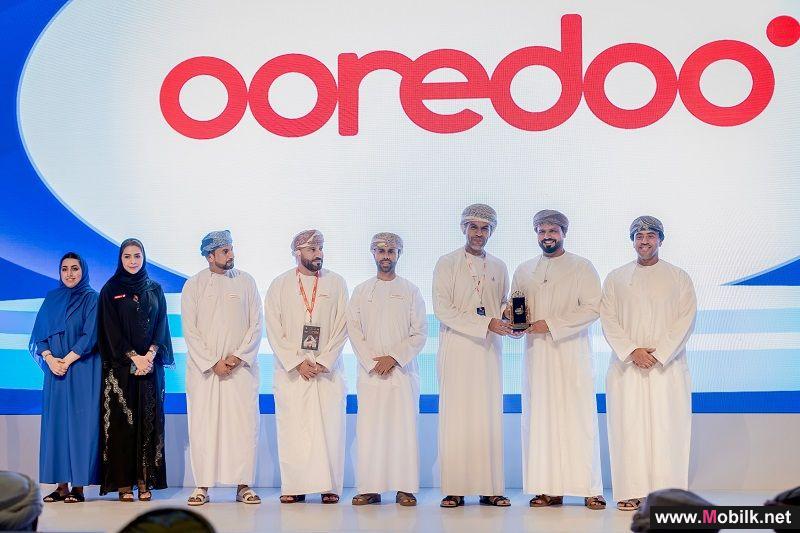Gartner Highlights Top 10 Strategic Technologies for Government in 2016
Mobilk - After nearly a decade of "doing more with less," government CIOs remain under pressure to further optimize IT and business costs while leading digital innovation in the public sector, according to Gartner, Inc. Government CIOs face organizational and cultural challenges that are barriers to harnessing the synergistic potential of social, mobile, data analytics, cloud and the Internet of Things (IoT) to drive transformational change.
Rick Howard, research vice president at Gartner, said legacy silos of systems, data and processes reinforce “business as usual” practices and behaviors that limit government participation in broader partner ecosystems capable of supporting fully digital end-to-end citizen services.
“In the digital service economy, government must make strategic investments in IT or risk perpetuating suboptimal business and service models that are financially unsustainable in the long term,” said Mr. Howard. “Government CIOs who are too slow to adopt the technology innovations that are transforming private sector service industries will increase business risk and cost, while compromising the mission of their organizations.”
Spending by national, federal and local governments worldwide on technology products and services is forecast to grow slightly by 0.3 percent to $430.1 billion in 2016, growing to $476.1 billion by 2020. This is a turnaround after a 5.2 percent decrease in 2015.
To enable government transformation initiatives, Gartner has identified the top 10 strategic technologies in 2016 and provides recommendations to CIOs and IT leaders regarding adoption and benefits. It is not a list of what government CIOs spend the most time or money on, rather it is a list of strategic technologies that Gartner recommends they should have a plan for in 2016.
1)Digital Workplace
The government workforce is increasingly populated with digitally literate employees, from frontline workers to top-level executives. The digital workplace is a business strategy to boost employee engagement and agility through a more consumerized work environment. The digital workplace promotes collaborative work styles; supports decentralized, mobile work environments; and embraces employees personal choice of technologies.
2)Multichannel Citizen Engagement
Delivering an effective citizen experience requires a holistic approach to the citizen: (1) using data to capture and understand the needs and desires of the citizen; (2) leveraging effective social media and communications to actively engage citizens; (3) allowing the citizen to engage on his or her own terms; (4) understanding the citizens preferred engagement channels; (5) affording seamless transitions among channels; and (6) ultimately delivering a more satisfying set of citizen interactions. Adopting a citizen-centric information management strategy with multichannel citizen engagement opportunities will deliver quantifiable benefits.
3)Open Any Data
Open any data in government results from "open by default" or "open by preference" governance policies and information management practices. These make license-free data available in machine-readable formats to anyone who has the right to access it without any requirement for identification or registration. Open data is published as collected at the source ("raw") at the lowest granularity, as determined by privacy, security or data quality considerations. Open data is accessible with open APIs and is not subject to any trademark or copyright.
4)Citizen e-ID
As government becomes more digitalized, digital identity will need to become more reliable in order to serve as the core for all digital transactions. Citizen electronic identification (e-ID) refers to the orchestrated set of processes and technologies managed by governments to provide a secure domain to enable citizens to access these core resources or services. Governments should require online authentication and identity proofing, because in-person verification methods are becoming outdated for offering citizens integrated and seamless access to resources and services. This "no wrong door" business model must be able to associate each citizen with one unique and persistent identifier within the bounds of what is culturally acceptable and legally permissible.
5)Analytics Everywhere
Analytics is the collection and analysis of data to provide the insight that can guide actions to increase organizational efficiency or program effectiveness. The pervasive use of analytics at all stages of business activity and service delivery — analytics everywhere — allows leading government agencies to shift from the dashboard reporting of lagging indicators to autonomous business processes and business intelligence (BI) capabilities that help humans make better context-based decisions in real time.
6)Smart Machines
In practice, smart machines are a diverse combination of digital technologies that do what we once thought only people could do. While capabilities are evolving rapidly, it already includes deep neural networks, autonomous vehicles, virtual assistants and smart advisors that interact intelligently with people and other machines. Government IT leaders must explore smart machines as enhancements to existing business practices, and possibly as foundations for new public services or ways of accomplishing business goals altogether.
7)Internet of Things
The IoT is the network of physical objects (fixed or mobile) that contains embedded technology to communicate, monitor, sense or interact with multiple environments. The IoT architecture operates in an ecosystem that includes things, communication, applications and data analysis, and is a critical enabler for digital business applications in all private-sector and public-sector industries. The business use cases and adoption rate by government agencies vary according to service domain or program mission. Government business models are emerging that take advantage of the IoT; for example, pay-for-use or subscription-based taxation models, smart waste bin collection on city streets, and the remote monitoring of elderly patients in assisted-living settings.
8)Digital Government Platforms
Governments face constant pressure to improve service delivery and save costs. Digital platforms reduce effort and facilitate user-centric design. These platforms deliver services such as payments, identity management and verification, reusable application services and notifications (for example, SMS and email) that are commonly used across multiple domains. Globally, governments are taking a platform approach to simplify processes, improve citizen interaction and reduce expenditure.
9)Software-Defined Architecture
Software-defined architecture (SDA) inserts an intermediary between the requester and the provider of a service so that the service can change more dynamically — in other words, it is the IT equivalent of changing the tires while the car is moving. Adding a layer of software to abstract and virtualize networks, infrastructure or security has proved to be a useful way of deploying and utilizing infrastructure. Applying the same technique to software architecture improves the manageability and agility of the code so that the organization can respond to the fluidity requirements of digital government and the IoT. Some government organizations have begun implementing software-designed infrastructure (SDI), but most are still operating in traditional data centers.
10)Risk-Based Security
The cybersecurity threat environment is constantly evolving, but it represents only one dimension of a complex, multifaceted set of threats and risks. Government CIOs must adopt a threat-aware, risk-based security approach that allows governments to make knowledgeable and informed decisions about risks in a holistic fashion, allowing for a wiser allocation of resources; more sound decisions about risks and their impacts on government missions, operations, assets and people; and engagement of senior leadership in risk-based decisions.
Four new trends emerged in 2016 with the potential to significantly benefit government performance within the next three to five years. Analytics everywhere, smart machines, software-defined architecture and risk-based security will each challenge governance, human resources management, sourcing and financing practices.
“Many of these technology trends change business models in ways that need to be reflected in more modern policies, especially those related to privacy or regulation,” said Mr. Howard. “CIOs will need to be front and center in providing advice to policymaking bodies and working with industry experts who can consult on options and impacts.”
More information is available to Gartner clients in the report: “The Top 10 Strategic Technology Trends for Government in 2016.”
Reports and Studies
China Telecom Global Limited (CTG), the world-leading provider of integrated telecommunication services, has signed a strategic subsea capacity and..
Reports and Studies
Espoo, Finland – Nokia, Qualcomm Technologies, Inc., and T-Mobile today announced that they have achieved a worlds first showcase of successfully..
Reports and Studies
Steven Yi, President of Huawei Middle East and Central Asia, gave a keynote on the second day of LEAP, Saudi Arabias largest and most comprehensive..

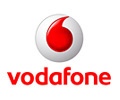 Vodafone Oman
Vodafone Oman Emirates Telecom
Emirates Telecom  Ooredoo Om
Ooredoo Om Ooredoo Qa
Ooredoo Qa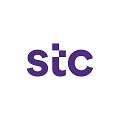 stc Bahrain
stc Bahrain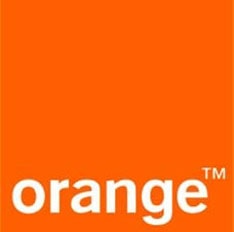 Orange Egypt
Orange Egypt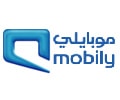 Mobily
Mobily Zain Jo
Zain Jo omantel
omantel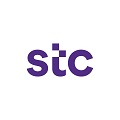 STC
STC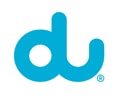 Emirates Du
Emirates Du Asiacell
Asiacell Etisalat Egypt
Etisalat Egypt 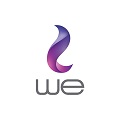 Telecom Egypt
Telecom Egypt jawwal
jawwal Orange Jo
Orange Jo Umniah
Umniah Zain Sa
Zain Sa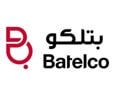 Bahrain Batelco
Bahrain Batelco Zain Bh
Zain Bh Wataniya palestine
Wataniya palestine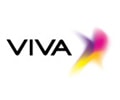 Kuwait Viva
Kuwait Viva  Zain Kw
Zain Kw Vodafone Qa
Vodafone Qa MTN Syria
MTN Syria Syriatel
Syriatel Sabafon
Sabafon Zain Iq
Zain Iq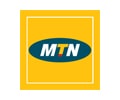 MTN Yemen
MTN Yemen Ooredoo Kw
Ooredoo Kw Vodafone Egypt
Vodafone Egypt  Samatel
Samatel Huawei
Huawei Samsung
Samsung MOTOROLA
MOTOROLA Lenovo
Lenovo Alcatel
Alcatel LG
LG Nokia
Nokia Sony Ericsson
Sony Ericsson HTC
HTC BlackBerry
BlackBerry Siemens
Siemens Acer
Acer Sony
Sony Asus
Asus VK
VK APPLE
APPLE BenQ-Siemens
BenQ-Siemens Sagem
Sagem Eten
Eten HP
HP Panasonic
Panasonic Amoi
Amoi Toshiba
Toshiba Sharp
Sharp Sonim
Sonim Bird
Bird Mitac
Mitac Philips
Philips Vertu
Vertu Pantech
Pantech Micromax
Micromax Maxon
Maxon Haier
Haier I-mate
I-mate Gigabyte
Gigabyte I-mobile
I-mobile Kyocera
Kyocera BenQ
BenQ Microsoft
Microsoft Telit
Telit Connect
Connect Sendo
Sendo Mitsubishi
Mitsubishi SEWON
SEWON NEC
NEC DELL
DELL Thuraya
Thuraya Neonode
Neonode Be
Be Qtek
Qtek Bosch
Bosch Palm
Palm MWG
MWG Fujitsu Siemens
Fujitsu Siemens XCute
XCute WND
WND INQ
INQ O2
O2 Innostream
Innostream Benefon
Benefon Google
Google




